How to Stick to Your Remodeling Goals
http://decor-ideas.org 01/17/2014 03:22 Decor Ideas
Remodeling is a great way to stay in the house you have. Plus, making changes can improve the way you live. But everyone has heard the horror stories of going 50 percent or more over the remodeling budget. Truth be told, even contractors will admit that it’s hard to provide an exact price on the work, because there are often unforeseen circumstances that could cause the price to rise. I always recommend factoring in about 20 percent over what you think you should budget. But knowing what you want from the very beginning — and sticking to those goals — can greatly help your project stay on track. Even if it seems like it’s going off the rails.
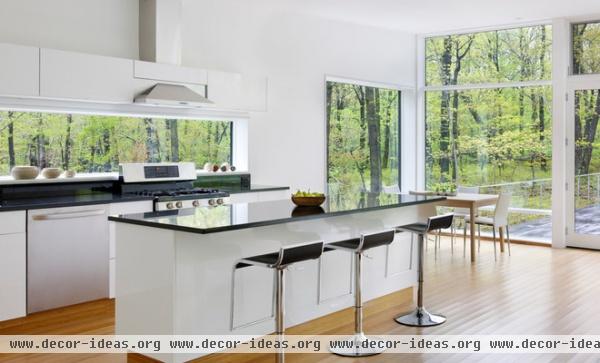
Understand the reason you want to remodel. Increase resale value? Improve layout? Improve energy efficiency? It could be a combination of a number of things, but make sure you’re being rational. If you want pro-style appliances but you eat out most evenings, you might want to reconsider.
In one project our client wanted to double the size of his kitchen because it felt like he had no counter space. Instead of just going for space, we talked to him about how he prepares meals and worked to increase the amount of usable counter space rather than just making the kitchen bigger.
6 Must-Know Lessons From a Serial Renovator
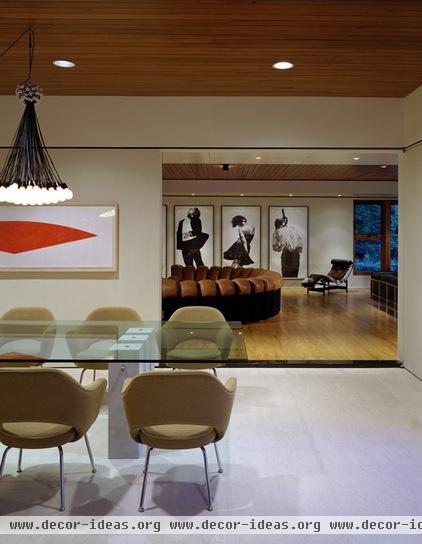
Set a budget, then subtract 20 to 30 percent for contingencies. Create a budget you’re comfortable with, then set aside 20 percent of that to cover the unknowns that inevitably come up. This is your “build to” budget.
During the design phase, your designer should make you aware of the amount that is your build-to budget. You should avoid the temptation to spend your contingency before you begin construction. A contingency is not a slush fund that, if you can avoid spending, you can direct toward appliance and finish upgrades.
A contingency is an integral part of the cost of building, especially remodeling, that is as deserving of budget allocation as any other component of your project. Unknowns are very hard to predict and can easily drive your project over budget otherwise.
Contractor Tips: 10 Remodel Surprises to Watch Out For
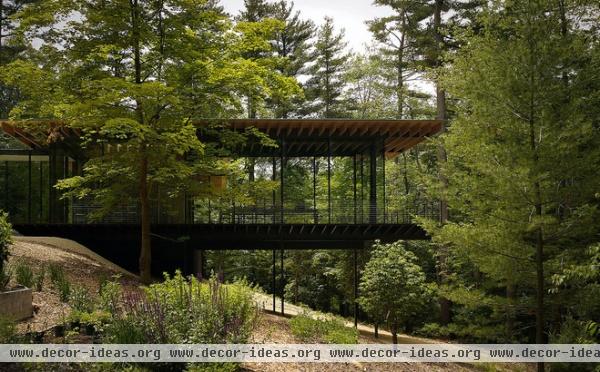
Prioritize what you want. When you make an initial list of wants, there will likely be many competing items, but don’t start whittling it down just yet. You’ll want to put it aside, discuss it with family or friends, post a discussion on Houzz etc. Talking about your ideas can help clarify the project.
Designers can help you understand the impact of what you want to achieve (and often help you find efficient ways to get there), but you are the expert on your life. Sometimes it pays to document how you do things around the house (cook dinner, entertain). This can help pinpoint areas that are frustrating. Those are the places to concentrate on so you can get the most bang for your buck.
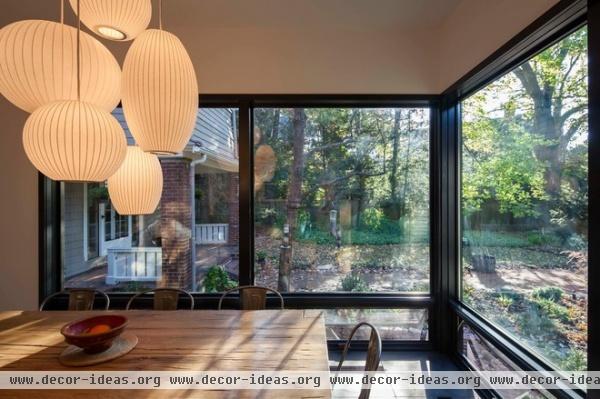
Write down your priorities. Or store it in a document online. This can seem like a waste of time (you know what you want), but in the thick of getting your project done, there are many shiny objects that can stand between you and a successful remodel. Having your priorities written down will allow you to stand back in the heat of the moment and evaluate if a new option will get you closer to your goals or farther away.
In my experience about 60 to 70 percent of the choices that get made on the spur of the moment cost more than sticking to the original choice. Sometimes it’s because something needs to be redone or upgraded (like reinforcing a tile floor) that wasn’t taken into account during the design phase. And sometimes it’s just because a friend suggests that something seen on TV would look so good in your remodel. Whatever the case, if you have a list to refer to, it’s easier to evaluate if those changes will get you closer to your goals.
Could a Mission Statement Help Your House?
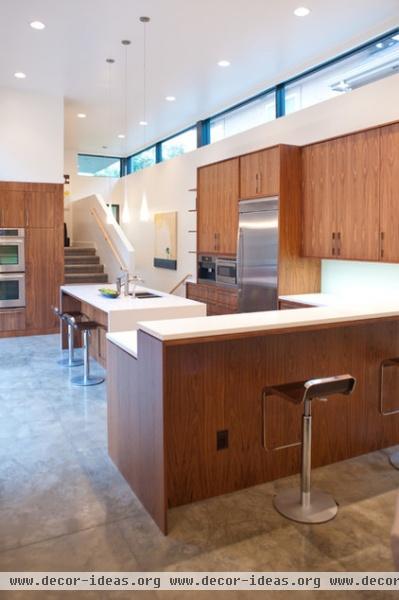
Refer back to your priorities later in the project. Even though there are likely many decisions clamoring for your attention, referring back to your list will help you maintain a clear head when it seems like there are way too many decisions to make.
Construction has a way of distracting homeowners from the overall goal, because there are so many details to consider. Oak or maple floors? Pot lights or pendants? In discussions with your designer, you can put decisions into roughly two categories: personal preference (usually details such as fixtures) and design direction (things that impact the overall goals you established in your priorities list). The difference is that the former probably won’t impact whether you get a great environment to cook meals in. The latter would.
More: Want the Best Results? Join Your Design Team
Related Articles Recommended












